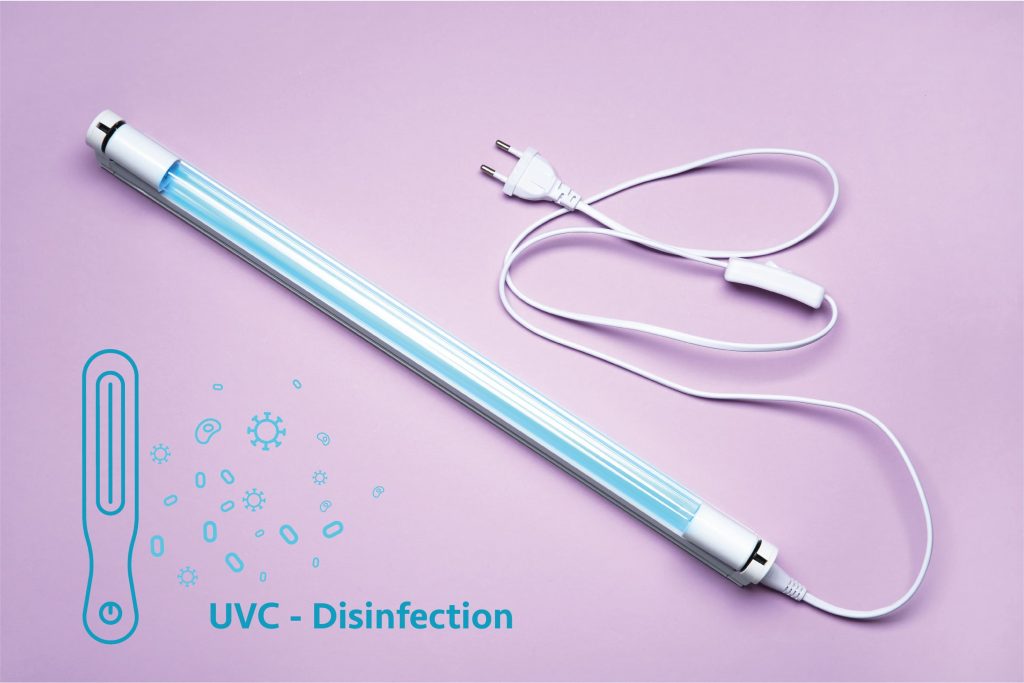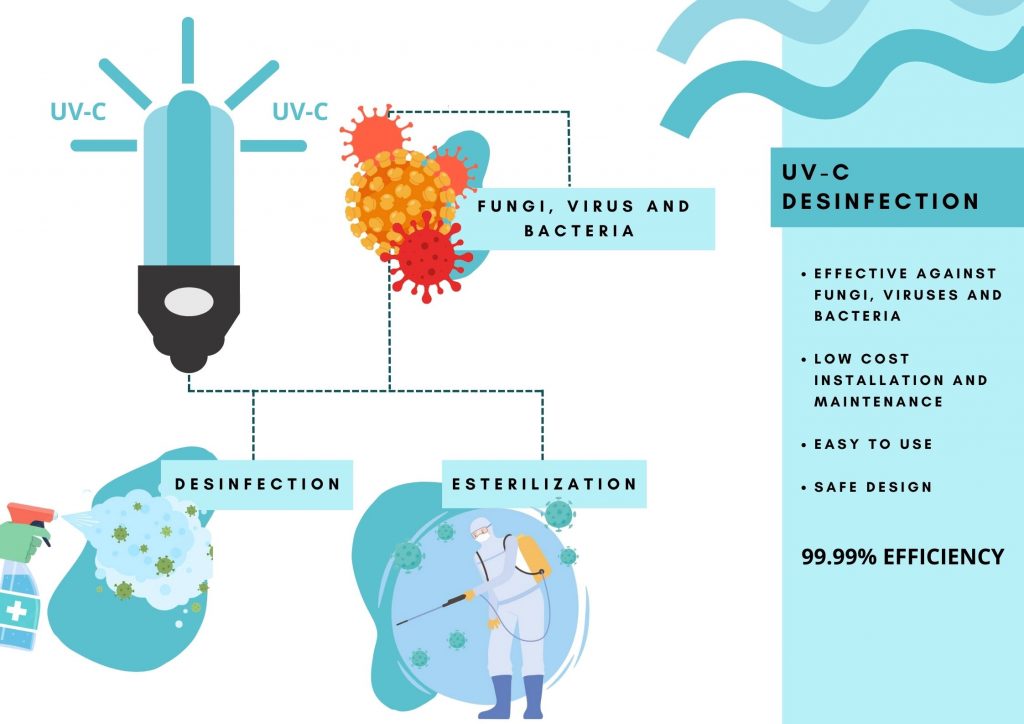The pandemic caused by SARS-CoV-2 in March 2020 has put global health on hold, and the world’s population has become aware of the danger that airborne disease transmission can be a fact if not controlled in time.
The last few weeks have been marked by two other viruses outbreaks, which are causing great concern to health authorities. The first is related to the appearance of cases of hepatitis of unknown origin, mainly affecting children, and the second is marked by the arrival of monkeypox, which is affecting different countries. Scientists are now trying to unravel the origins and causes of these outbreaks following the COVID-19 disease.
But before the pandemic dominated the news, several outbreaks linked to viruses such as Ebola, Zika, dengue, measles, MERS or SARS had already appeared in the last decade, which have caused health problems and made us evolve in terms of disease prevention and control measures.
With the arrival of the new virus, society has been alerted about possible new outbreaks. In our daily life, we can find multiple pathogenic microorganisms from influenza to new viruses, bacteria, fungi and protozoa.
The use of UV-C light as a method of disinfection has been known for decades and has been used both for water treatment and in the hospital environment, especially in surgery rooms. In recent years, due to the appearance of different outbreaks that endanger health, numerous studies are being carried out to optimize this method and to make great progress in this field, as well as to look for solutions to make it sustainable, guaranteeing respect for the environment and social welfare.
Unlike chemical methods of disinfection, UV radiation provides rapid and efficient inactivation of pathogenic microorganisms by a physical process. Therefore, this disinfection method is very suitable to complete the cleaning protocols and thus reduce the risk of disease transmission to a minimum.
The challenge of the last century was to achieve adequate water treatment and disinfection, since many diseases came from the consumption of untreated water, such as cholera caused by bacteria. UV-C light, among other methods, was used to obtain clean drinking water, then it is capable of easily inactivating chlorine-resistant pathogens, such as protozoa, and does not generate carcinogenic by-products.
The new challenge of this century arose with the emergence of airborne transmission of these diseases, which is much more difficult to control. However, this technology has become today one of the most effective methods for the inactivation of viruses and bacteria present in the air, even reaching a rate of 99.9 % as in the case of our Germiled UV-C lamps. The use of our lamps combined with good ventilation and cleanliness of the interior spaces will protect us, favoring our coexistence in a safe environment.


